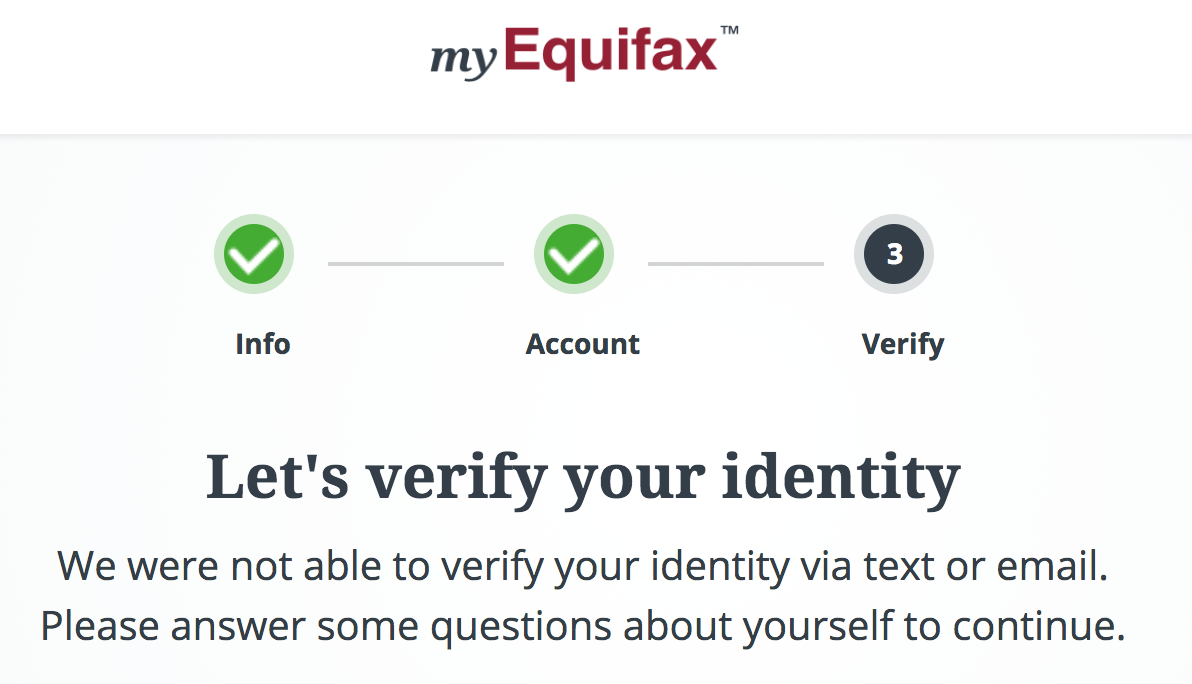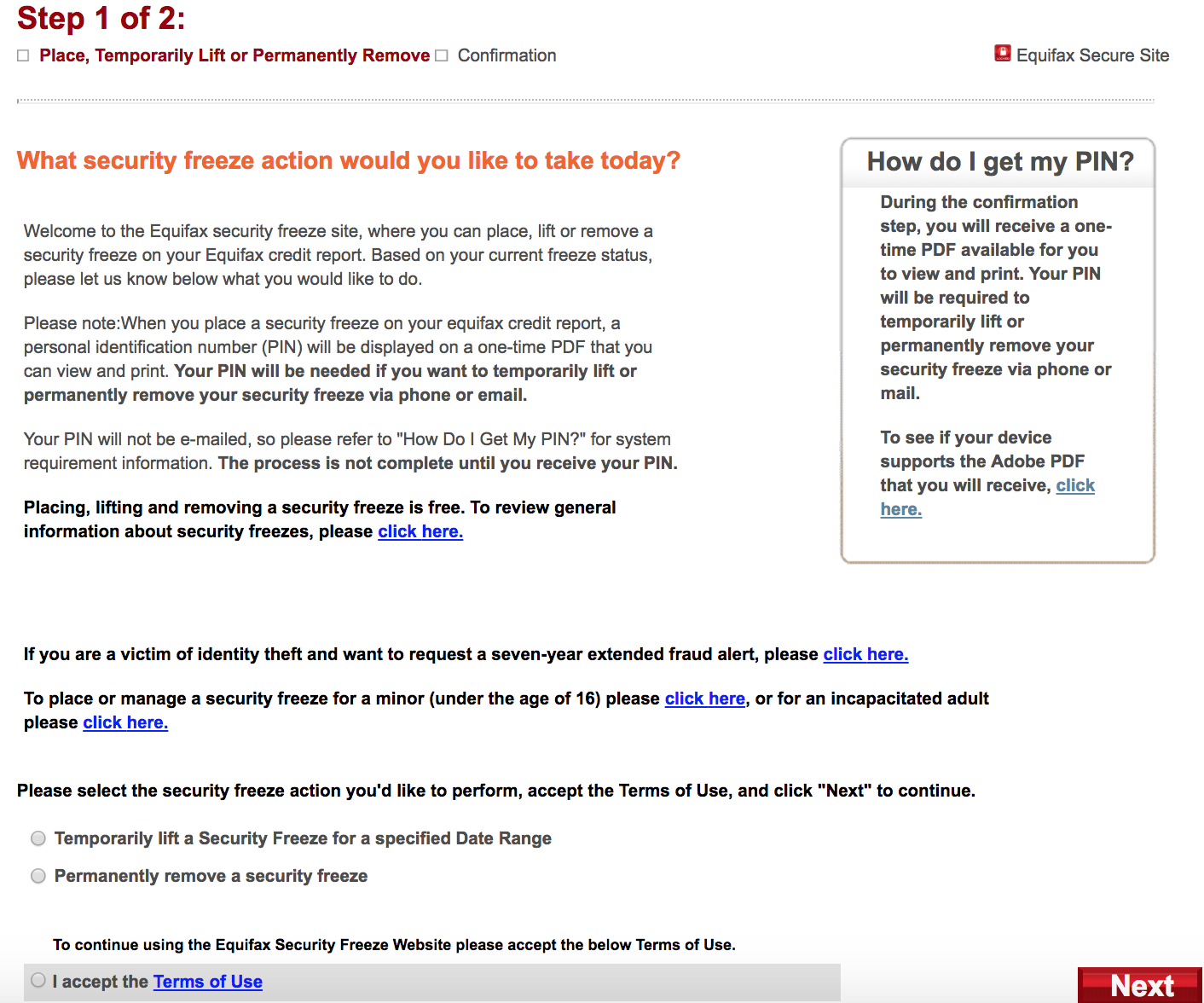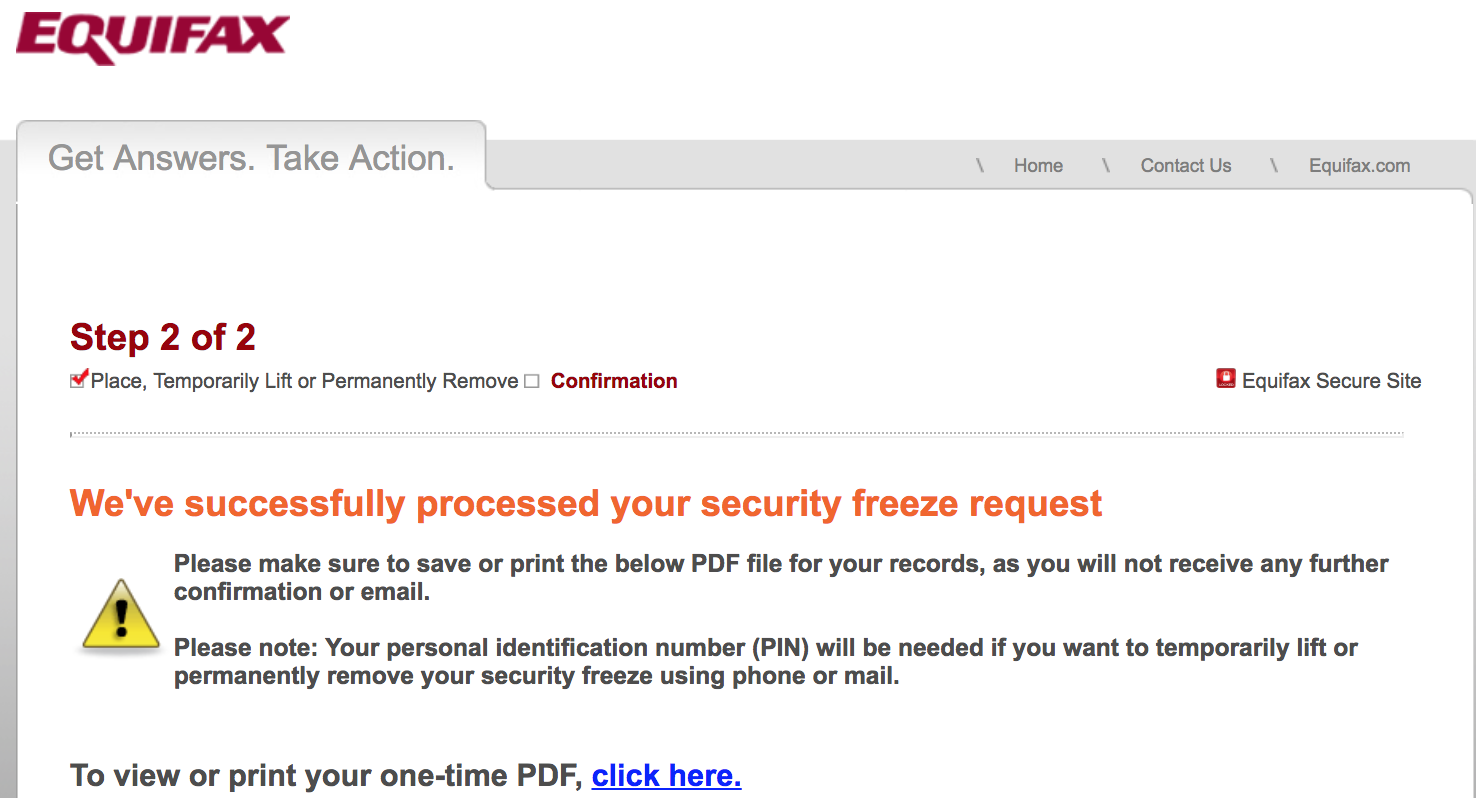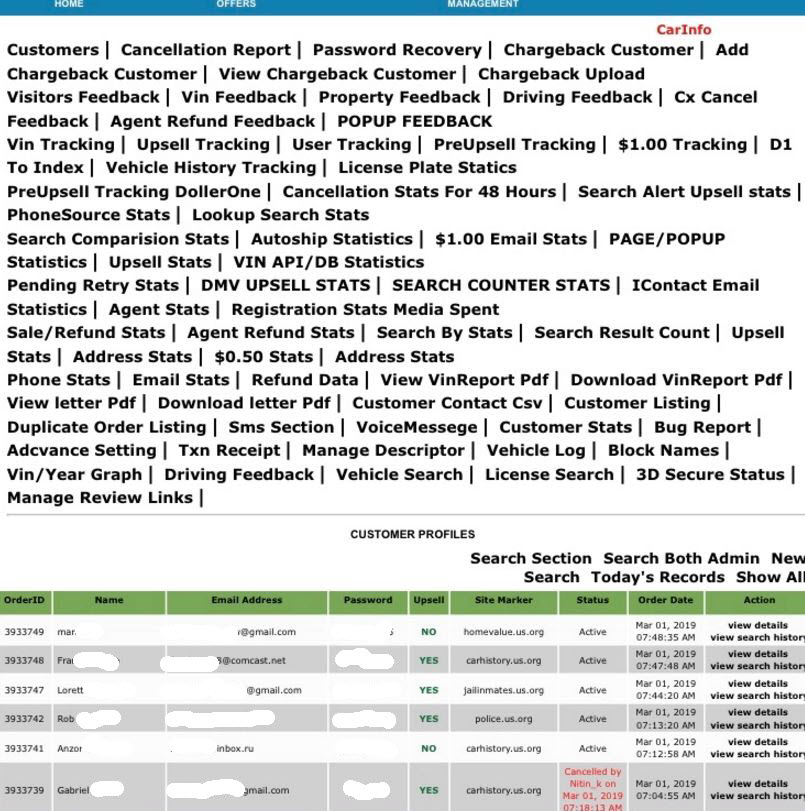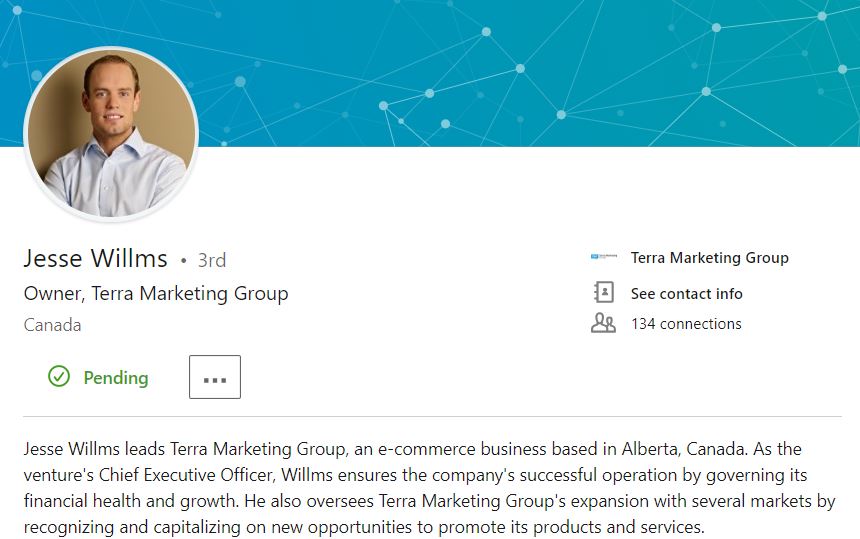Phone numbers stink for security and authentication. They stink because most of us have so much invested in these digits that they’ve become de facto identities. At the same time, when you lose control over a phone number — maybe it’s hijacked by fraudsters, you got separated or divorced, or you were way late on your phone bill payments — whoever inherits that number can then be you in a lot of places online.

How exactly did we get to the point where a single, semi-public and occasionally transient data point like a phone number can unlock access to such a large part of our online experience? KrebsOnSecurity spoke about this at length with Allison Nixon, director of security research at New York City-based cyber intelligence firm Flashpoint.
Nixon said much of her perspective on mobile identity is colored by the lens of her work, which has her identifying some of the biggest criminals involved in hijacking phone numbers via SIM swapping attacks. Illegal SIM swaps allow fraudsters to hijack a target’s phone’s number and use it to steal financial data, passwords, cryptocurrencies and other items of value from victims.
Nixon said countless companies have essentially built their customer authentication around the phone number, and that a great many sites still let users reset their passwords with nothing more than a one-time code texted to a phone number on the account. In this attack, the fraudster doesn’t need to know the victim’s password to hijack the account: He just needs to have access to the target’s mobile phone number.
“As a consumer, I’m forced to use my phone number as an identity document, because sometimes that’s the only way to do business with a site online,” Nixon said. “But from that site’s side, when they see a password reset come in via that phone number, they have no way to know if that’s me. And there’s nothing anyone can do to stop it except to stop using phone numbers as identity documents.”
Beyond SIM-swapping attacks, there are a number of ways that phone numbers can get transferred to new owners, Nixon said. The biggest reason is lack of payment for past phone bills. But maybe someone goes through a nasty divorce or separation, and can no longer access their phone or phone accounts. The account is sent to collections and closed, and the phone number gets released back into the general pool for reassignment after a period of time.
Many major providers still let people reset their passwords with just a text message. Last week I went to regain access to a Yahoo account I hadn’t used in almost five years. Yahoo’s forgot password feature let me enter a phone number, and after entering a code sent to my phone I was able to read my email.
So, if that Yahoo account is tied to a mobile number that you can receive text messages at, then you can assume control over the account. And every other account associated with that Yahoo account. Even if that phone number no longer belongs to the person who originally established the email account.
This is exactly what happened recently to a reader who shared this account:
A while ago I bought a new phone number. I went on Yahoo! mail and typed in the phone number in the login. It asked me if I wanted to receive an SMS to gain access. I said yes, and it sent me a verification key or access code via SMS. I typed the code I received. I was surprised that I didn’t access my own email, but the email I accessed was actually the email of the previous owner of my new number.
Yahoo! didn’t even ask me to type the email address, or the first and last name. It simply sent me the SMS, I typed the code I received, and without asking me to type an email or first and last name, it gave me access to the email of my number’s PREVIOUS OWNER. Didn’t ask for credentials or email address. This seriously needs to be revised. At minimum Yahoo! should ask me to type the email address or the first and last name before sending me an SMS which contains an access code.
Brian Krebs (BK): You have your own experiences like this. Or sort of. You tell.
Allison Nixon (AN): Any threat intelligence company will have some kind of business function that requires purchasing burner phones fairly frequently, which involves getting new phone numbers. When you get new numbers, they are recycled from previous owners because there probably aren’t any new ones anymore. I get a lot of various text messages for password resets. One I kept getting was texts from this guy’s bank. Every time he got a deposit, I would get a text saying how much was deposited and some basic information about the account.
I approached the bank because I was concerned that maybe this random person would be endangered by the security research we were going to be doing with this new number. I asked them to take him off the number, but they said there wasn’t anything they could do about it.
One time I accidentally hijacked a random person’s account. I was trying to get my own account back at an online service provider, and I put a burner phone number into the site, went through the SMS password reset process, got the link and it said ‘Welcome Back’ to some username I didn’t know. Then I clicked okay and was suddenly reading the private messages of the account.
I realized I’d hijacked the account of the previous owner of the phone. It was unintentional, but also very clear that there was no technical reason I couldn’t hijack even more accounts associated with this number. This is a problem affecting a ton of service providers. This could have happened at many, many other web sites.
BK: We weren’t always so tied to our phone numbers, right? What happened?
AN: The whole concept of a phone number goes back over a hundred years. The operator would punch in a number you know was associated with your friend and you could call that person and talk to them. Back then, a phone wasn’t tied any one person’s identity, and possession of that phone number never proved that person’s identity.
But these days, phone number are tied to peoples’ identities, even though we’re recycling them and this recycling is a fundamental part of how the phone system works. Despite the fact that phone number recycling has always existed, we still have all these Internet companies who’ve decided they’re going to accept the phone number as an identity document and that’s terrible.

BK: How does the phone number compare to more traditional, physical identity documents?
AN: Take the traditional concept of identity documents — where you have to physically show up and present ID at some type of business or office, and then from there they would look up your account and you can conduct a transaction. Online, it’s totally different and you can’t physically show your ID and can’t show your face.
In the Internet ecosystem, there are different companies and services that sell things online who have settled on various factors that are considered a good enough proxy for an identity document. You supply a username, password, and sometimes you provide your email address or phone number. Often times when you set up your account you have some kind of agreed-upon way of proofing that over time. Based on that pre-established protocol, the user can log in and do transactions.
It’s not a good system and the way the whole thing works just enables fraud. When you’re bottlenecked into physically showing up in a place, there’s only so much fraud you can do. A lot of attacks against phone companies are not attacking the inherent value of a phone number, but its use as an identity document.
BK: You said phone number recycling is a fundamental part of how the phone system works. Talk more about that, how common that is.
AN: You could be divorced, or thrown into sudden poverty after losing a job. But that number can be given away, and if it goes to someone else you don’t get it back. There all kinds of life situations where a phone number is not a good identifier.
Maybe part of the reason the whole phone number recycling issue doesn’t get much attention is people who can’t pay their bills probably don’t have a lot of money to steal anyways, but it’s pretty terrible that this situation can be abused to kick people when they’re down. I don’t think a lot of money can be stolen in this way, but I do think the fact that this happens really can undermine the entire system.
BK: It seems to me that it would be a good thing if more online merchants made it easier to log in to their sites without using passwords, but instead with an app that just asks hey was that you just now trying to log in? Yes? Okay. Boom, you’re logged in. Seems like this kind of “push” login can leverage the user’s smart phone while not relying on the number — or passwords, for that matter.
If phone numbers are bad, what should we look to as more reliable and resilient identifiers?
AN: That’s something I’ve been thinking a lot about lately. It seems like all of the other options are either bad or really controversial. On the one hand, I want my bank to know who I am, and I want to expose my email and phone number to them so they can verify it’s me and know how to get in touch with me if needed. But if I’m setting up an email account, I don’t want to have to give them all of my information. I’m not attached to any one alternative idea, I just don’t like what we’re doing now.
For more on what you can do to reduce your dependence on mobile phone numbers, check out the “What Can You Do?” section of Hanging Up on Mobile in the Name of Security.
from
https://krebsonsecurity.com/2019/03/why-phone-numbers-stink-as-identity-proof/







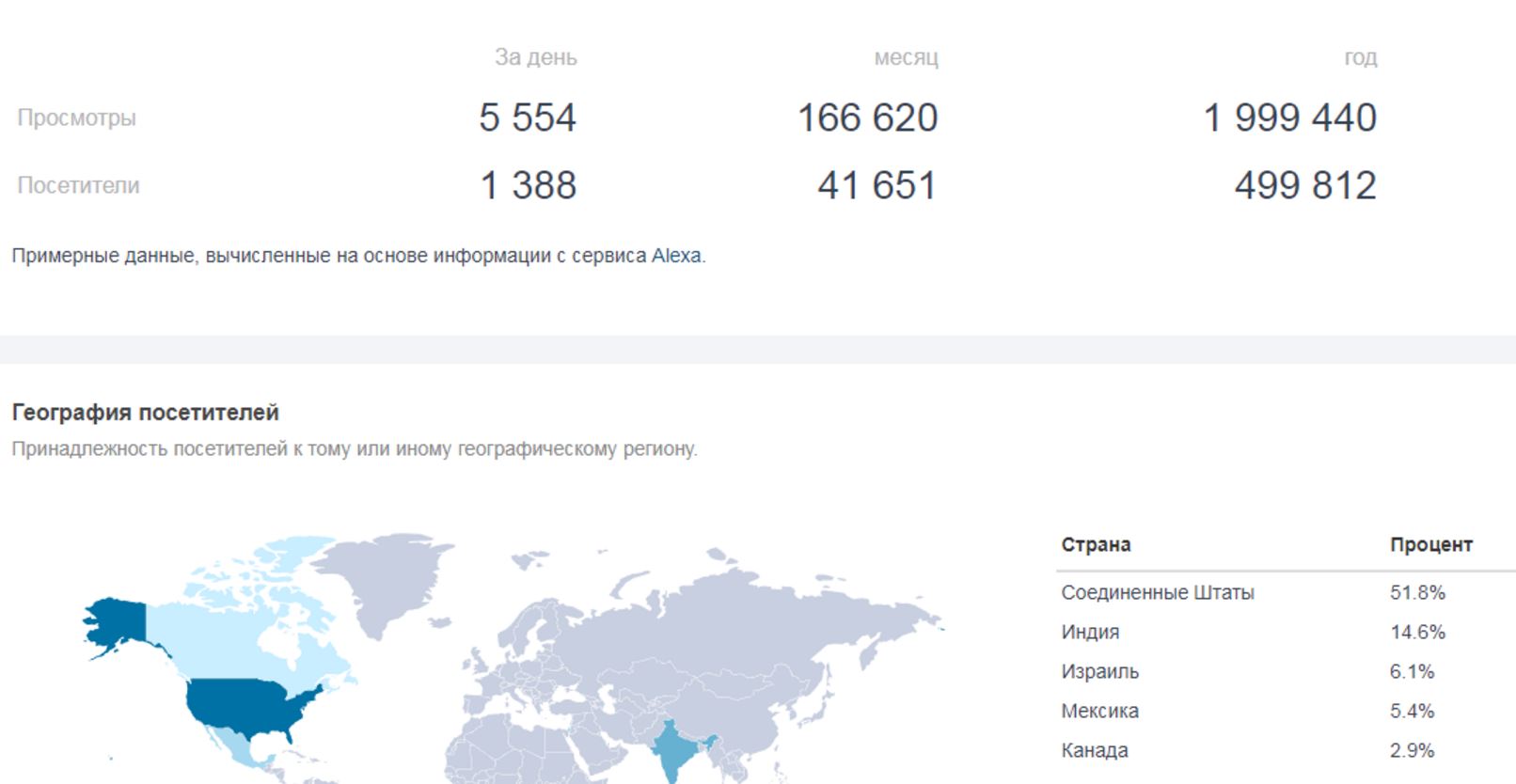

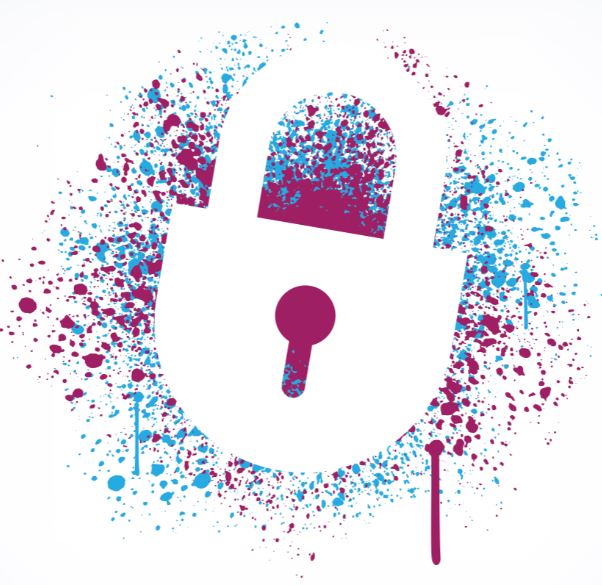
 If anything, password spraying is a fairly crude, if sometimes marginally effective attack tool. But what we’ve started to see more of over the past year has been what one might call “brute-force light” attacks on accounts. A source who has visibility into a botnet of Internet of Things devices that is being mostly used for credential stuffing attacks said he’s seeing the attackers use distributed, hacked systems like routers, security cameras and digital video recorders
If anything, password spraying is a fairly crude, if sometimes marginally effective attack tool. But what we’ve started to see more of over the past year has been what one might call “brute-force light” attacks on accounts. A source who has visibility into a botnet of Internet of Things devices that is being mostly used for credential stuffing attacks said he’s seeing the attackers use distributed, hacked systems like routers, security cameras and digital video recorders  One interesting patch from Microsoft this week comes in response to a
One interesting patch from Microsoft this week comes in response to a 



